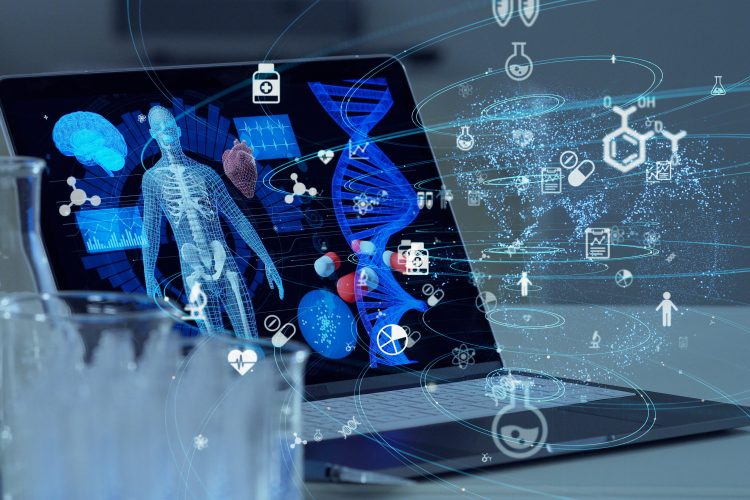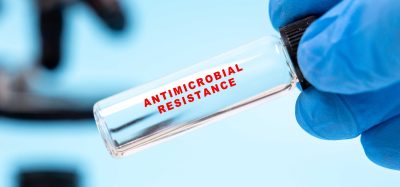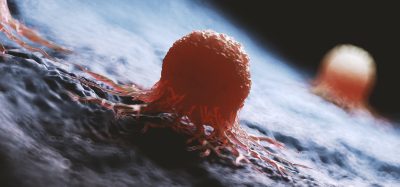Fixing failed drugs: AI solutions for toxicity in drug discovery – part 2
Posted: 21 July 2025 | Dr Raminderpal Singh (Hitchhikers AI and 20/15 Visioneers) | No comments yet
Why do so many drug candidates fail before reaching patients – and can AI help stop the losses? In Part 2, Layla Hosseini-Gerami of Ignota Labs outlines the scope of the toxicity problem and explains why failures often come too late to fix.


In Part 2 of our conversation with Layla Hosseini-Gerami, Chief Data Science Officer at Ignota Labs, we explore the many forms of toxicity and how AI-powered tools like omics and cell painting are transforming early prediction in pre-clinical research.
The conversation revealed important distinctions between different types of toxicity and our current ability to predict them:
“For certain types of toxicity like liver and cardio, I think those are quite well understood in terms of the mechanisms underlying them,” says Hosseini-Gerami. So you can guess what you need to be measuring and testing early on – things like BSEP and mitochondrial toxicity and things that you know can manifest as liver toxicity when it comes to an animal.”
Automation now plays a central role in discovery. From self-driving laboratories to real-time bioprocessing
This report explores how data-driven systems improve reproducibility, speed decisions and make scale achievable across research and development.
Inside the report:
- Advance discovery through miniaturised, high-throughput and animal-free systems
- Integrate AI, robotics and analytics to speed decision-making
- Streamline cell therapy and bioprocess QC for scale and compliance
- And more!
This report unlocks perspectives that show how automation is changing the scale and quality of discovery. The result is faster insight, stronger data and better science – access your free copy today
For these well-studied toxicities, Hosseini-Gerami explains that the data and knowledge exists to be able to make good predictions. However, many other types of toxicity remain challenging:
We have the FDA DILIRank, and now the DICTrank list, which is the cardiotox equivalent. Those datasets, I think, have been so valuable in increasing our understanding and doing our research on liver toxicity and the mechanisms behind it.
“There’s also a long tail of other toxicities like muscle toxicity, eye toxicity, dermal toxicity, kidney toxicity – there’s so many different ways in which something can go wrong. And to be able to get those early signs, you need some sort of proxy or thing that you’re measuring or representing. And I think for some of those, we don’t quite have that knowledge yet.”
Hosseini-Gerami noted the value of established resources for well-understood toxicities: “We have the FDA DILIRank, and now the DICTrank list, which is the cardiotox equivalent. Those datasets, I think, have been so valuable in increasing our understanding and doing our research on liver toxicity and the mechanisms behind it.”
The multiomics revolution in toxicity prediction
Recent advances in experimental technologies and computational methods are creating new opportunities to address these challenges. When asked what has enabled AI to tackle this problem now when it couldn’t 10-20 years ago, Hosseini-Gerami highlighted several key developments:
“What has really unlocked this ability to use AI and data analysis, especially when trying to understand things on a deeper level, is the advent of data, especially omics data. That explosion over the last decade or so has been amazing to see.”
She explained that earlier approaches were limited: “Drug discovery and the machine learning side of it was initially very target focused… understanding of the molecular target or the molecular off target, often based on chemical structure data.”
What has really unlocked this ability to use AI and data analysis, especially when trying to understand things on a deeper level, is the advent of data, especially omics data. That explosion over the last decade or so has been amazing to see.
The critical missing element was understanding downstream effects: “The piece that was missing [was]: OK, we can predict that a drug is hitting a particular target or a particular off target, but what happens next? How can we understand what the consequences of that are?”
Hosseini-Gerami notes that modern multiomics approaches provide the following crucial context:
- RNA sequencing: “We can measure with RNA sequencing the genes that have gone up or down in expression because of that compound interaction.”
- Metabolomics: “Bringing in other paradigms of information like metabolomics data, measuring the different metabolites that are generated, again provides another piece of the puzzle.”
- Cell painting: “A really cool data modality that’s also being used in this multimodal, multiomic picture, [enables us to] see how the cell organelles and compartments have changed in shape and size and look at things like cell death in a very automated way.”
Hosseini-Gerami provided a detailed explanation of how drugs affect cellular systems:
“When a drug interacts with a cell, it’s a cascade of events. The drug binds to the protein, and that will set off a signalling cascade, which will then lead to changes in activity of what are called effector proteins. These are proteins that actually do things – transcription factors that might change the regulation of different genes, proteins that can change the cell morphology.”
Advanced computational methods can also now integrate these diverse data types: “What we can do with that is then ask the question: ‘what signalling changes did that compound induce to lead to those changes in gene expression?’ says Hosseini-Gerami, “and ‘What pathways were modulated by that compound upstream that led to a specific set of transcription factors being modulated, which has led to differential expression of genes?”
Key research centres advancing the field
The conversation highlighted several research groups that are making significant contributions to toxicity prediction:
- The Broad Institute (USA): “They do a lot of work with cell painting and analysis of omics data, looking at toxicity.” Hosseini-Gerami specifically mentioned the work of Anne Carpenter’s group and her former colleague Srijit, noting a recent presentation that combined “information from cell painting, from gene expression and from chemical structure, and encoding that within a representation of a molecule to use for machine learning.”
- Saez-Rodriguez Lab (Heidelberg, Germany): “They do a lot of work with systems biology, [which is] really cool, and I think it is the key to getting those mechanistic insights.” She highlighted their work on “cell signalling modelling, looking at predicting protein–protein interactions, and they have a tool to do multiomics causal reasoning across metabolomics, proteomics and gene expression.”
She emphasised the collaborative nature of the field through open-source tools: “They make all the methods publicly available and open source for other people to use and benchmark. That’s always the first step I like to take – go and use someone else’s tool and then see how I can build on that or put different things together and try and get some synergy.”


Dr Layla Hosseini-Gerami bridges the worlds of chemistry, biology and AI in her role as Chief Data Science Officer at Ignota Labs. She has an undergraduate and masters degree in chemistry, winning Outstanding Graduate of the Year and was a finalist in the prestigious Salters awards. She then went on to earn a PhD at the University of Cambridge under the mentorship of Andreas Bender, a renowned figure in AI drug discovery. There she pioneered integrative cheminformatics and bioinformatics strategies for understanding drug molecular mechanisms, winning the Chemistry Theory Outstanding Thesis Award in 2023. She also produced several publications in collaboration with Eli Lilly, leading industry translation of her academic research. At Ignota Labs she has built upon these sophisticated methods to understand the mechanisms of drug toxicity and how to mitigate them. Her goal is to leverage AI not just to understand, but also to prevent adverse drug reactions, ensuring safer therapeutic options for patients.
Related topics
Artificial Intelligence, Bioinformatics, Computational techniques, cytotoxicity, Machine learning, Metabolomics, Molecular Biology, Screening, Sequencing, Toxicology
Related organisations
Ignota Labs








